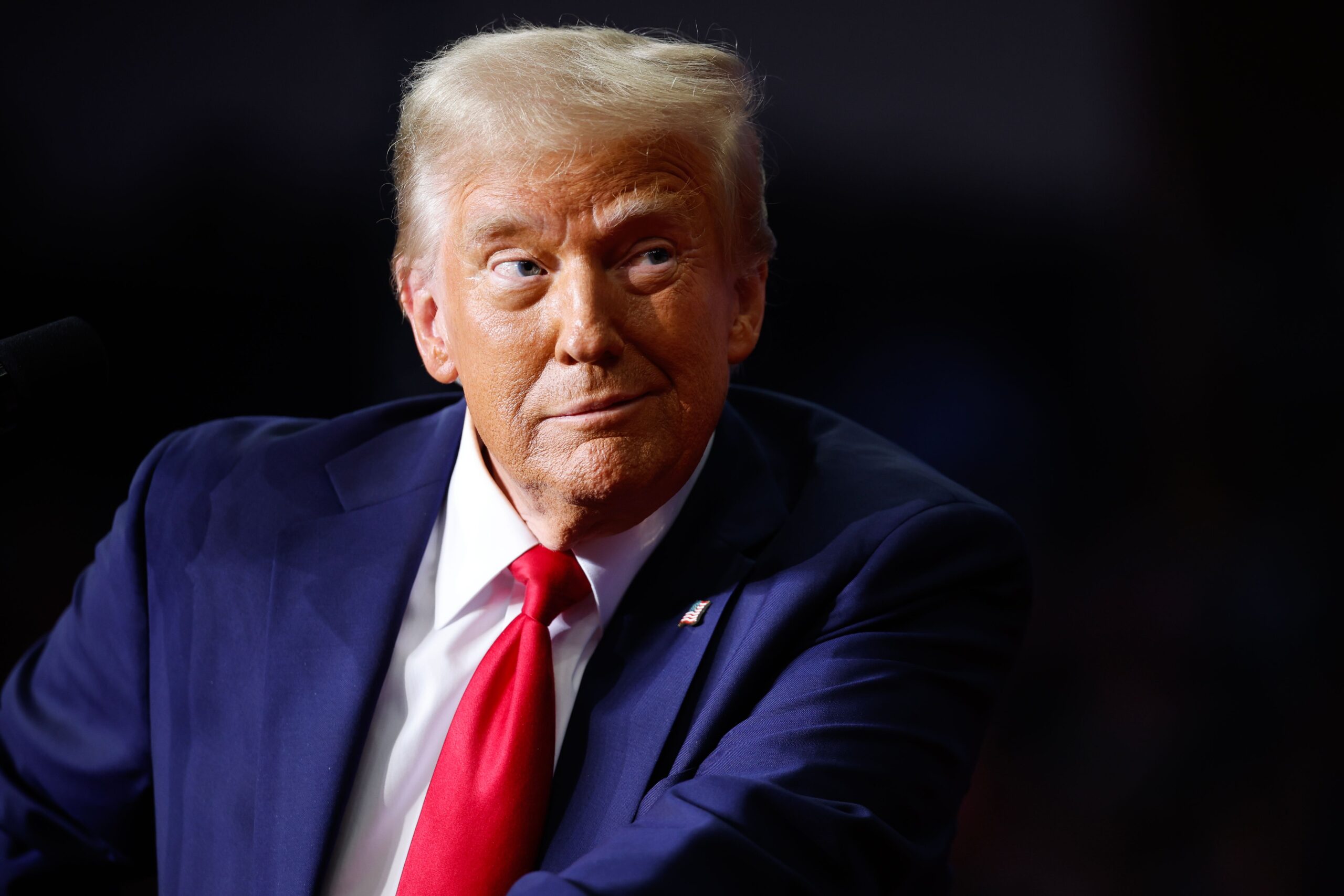Uncategorized
Trump’s Mention of XRP, ADA and SOL May Be Bait to Secure BTC, ETH Reserve

«Ask for 1,000 to settle at 500.» This classic real estate negotiation strategy involves starting with an extreme demand, creating leverage over the counterparty to ultimately seal the deal at a lower price, which was your intended goal all along.
U.S. President Donald Trump, formerly a real estate tycoon, is seemingly employing the same strategy in securing the promised strategic crypto reserve comprising bitcoin (BTC) and probably ether (ETH).
On Sunday, Trump said on Truth Social that he expects payments-focused XRP, Solana’s SOL, and Cardano’s ADA tokens to be a part of the strategic digital assets reserve with bitcoin and ether at the core. The initial market reaction was exuberant, lifting the total market cap by 11% or $300 billion to $3.09 trillion.
The rally, however, ran out of steam Monday as market participants began criticizing Trump for being misinformed or ignorant for backing the inclusion of XRP and ADA. As expected, the initial excitement paved the way for the realization that Trump still needs to secure Congressional approval, and the plans to invest in altcoins contradict D.O.G.E’s efforts to cut costs and bring down debt.
«Big problem here is optics. When you include altcoins whose use case is too nascent to be deemed «nationally strategic,» you risk the assumption of inside dealing even if it were patently false. This is politically negative, even among a subset of crypto enthusiasts,» Jeff Park, head of alpha strategies at Bitwise Investment Management, said on X.
«Trump is about to understand in crypto land what bitcoin—and only bitcoin—represents,» Park added.
However, per some observers, the mention of altcoins appears to serve as a form of extreme demand, intended to overwhelm the opposition (Congress) and create leverage in discussions about the strategic crypto reserve.
«The announcement is probably just Trump’s usual negotiation tactic. I.e. Calling for a Strategic Reserve with XRP, SOL and ADA, so he can get one for BTC (and maybe ETH),» Ilan Solot, senior global market strategist at Marex Solutions, said in a client note titled «Curb Your Enthusiasm.»
Solot added that the U.S. would retain the apprehended digital asset stockpile, but the probability of the government buying fresh BTC is less than 50%. Meanwhile, the odds of ETH purchases are small but real while those for altcoins are miniscule.
Critics argue against XRP and ADA by pointing out that these cryptocurrencies lack the real-world presence and the established utility of Ethereum and Solana, which actively support financial activities through stablecoins.
Additionally, the CME has not yet announced plans to list XRP and ADA futures, which is probably why many are against the addition of these coins to the national reserve. Note that before approving the spot bitcoin and ether ETFs, the SEC had approved ETFs investing in the CME-listed BTC and ETH futures, trusting the exchange’s monitoring system to take care of the price manipulation concerns.
Jason Atkins, chief commercial officer at crypto-making firm Auros, said that market reactions to Trump announcements unfold in three phases, with the first characterized by rumors, the second by a hyperbolic announcement and the final one by tough negotiations.
«The second phase is triggered by an official announcement from Trump or his team, which tends to mirror the speculative nature of the first. His negotiation style –characterized by hyperbole, outsized promises, and demands beyond what is immediately feasible – often results in an initial surge in sentiment. We saw this overnight, as the market reacted positively, largely due to the relief following the risk reduction in phase one. However, caution is warranted,» Atkins told CoinDesk in a late Monday email.
Atkins added that the possibility of another leverage washout remains high as investors reassess the reality of bureaucracy, negotiations, and the uncertainty surrounding the actual flow of funds.
«Given that Congressional approval remains a hurdle and the timing of real fund movements is uncertain, traders and investors will need to assess whether this is a structural shift or just another cycle of speculation-driven volatility,» Atkins noted.
Uncategorized
Elon Musk vs. the regulators
Welcome back to TechCrunch Mobility, your hub for all things “future of transportation.”
Uncategorized
Nvidia’s AI empire: A look at its top startup investments
Over the last two years, Nvidia has used its ballooning fortunes to invest in over 100 AI startups. Here are the giant semiconductor’s largest investments.
Uncategorized
Dating app Cerca will show how Gen Z really dates at TechCrunch Disrupt 2025
Cerca is a dating app that sets users up with mutual friends.
-

 Business12 месяцев ago
Business12 месяцев ago3 Ways to make your business presentation more relatable
-

 Fashion12 месяцев ago
Fashion12 месяцев agoAccording to Dior Couture, this taboo fashion accessory is back
-

 Entertainment12 месяцев ago
Entertainment12 месяцев ago10 Artists who retired from music and made a comeback
-

 Entertainment12 месяцев ago
Entertainment12 месяцев ago\’Better Call Saul\’ has been renewed for a fourth season
-

 Entertainment12 месяцев ago
Entertainment12 месяцев agoNew Season 8 Walking Dead trailer flashes forward in time
-

 Business12 месяцев ago
Business12 месяцев ago15 Habits that could be hurting your business relationships
-

 Entertainment12 месяцев ago
Entertainment12 месяцев agoMeet Superman\’s grandfather in new trailer for Krypton
-

 Entertainment12 месяцев ago
Entertainment12 месяцев agoDisney\’s live-action Aladdin finally finds its stars


